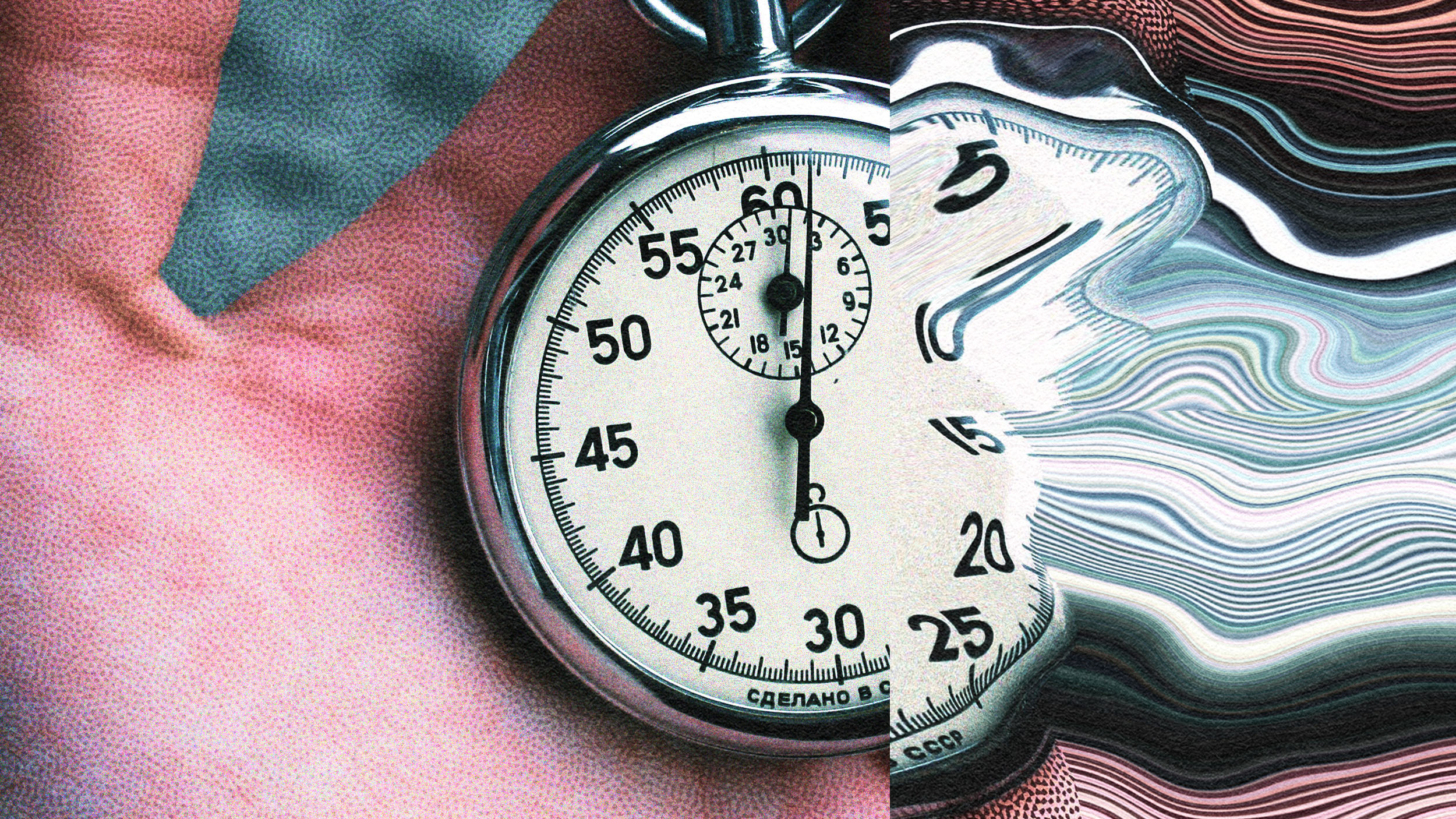Lessons in Personal Branding: Balancing Publicity With True Identity

There are two inherently competing notions about personal branding that deserve mention. The first: creating a personal brand helps define us as individuals. The second: when we all enter one space, we create so much noise that our individual messages are lost in the static.
The notion of sameness is as old as society itself, but Americans have always broken this mold and encouraged rugged individualism, which affects everything from the way we dress to our avatars.
Personalization is an ideal that we all cling to, in the hopes of being perceived as unique. Indeed, many of us crave a coveted middle ground where we can stand out while fitting in, and it’s easy to argue that by branding yourself you’re simultaneously developing your individuality and limiting who you are, how you’re perceived, and, ultimately, how you are judged.
Think of it like this. By saying you’re right handed, you tell the world that you’re not left handed. See, you’ve just limited yourself. The point is, you can’t define who you are without somehow saying what it is that you’re not. The purpose of personal branding is to define yourself in a way that evinces your value to other people without sacrificing your identity or your integrity.
In a culture that puts a premium on the sanctity of individualism, is there benefit in personal branding if in the process of defining ourselves we dilute our identity? Maybe identity is never immutable in personal branding. But, if you’re known as a left-handed pitcher and your arm gives out, how do you reinvent yourself without giving up your ball game? That’s the tough question.





